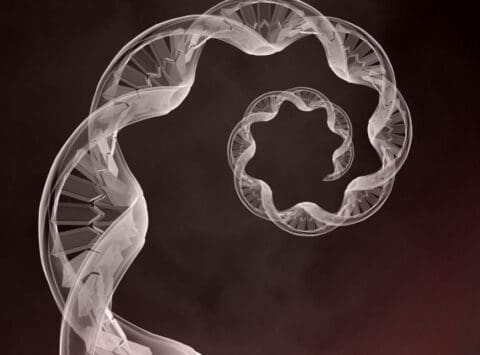Assisted reproduction
Since the first IVF baby was born in 1978, countless tests have been developed, both diagnostic and treatment. In this section you will find in detail the advances that have allowed the birth of millions of children in the world.
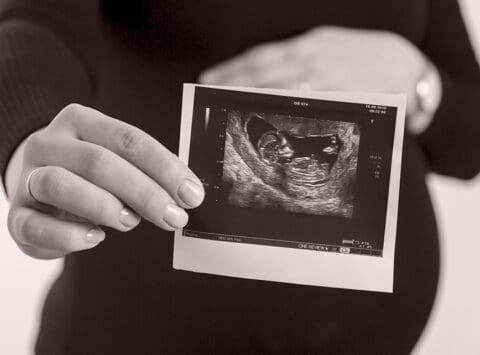
These questions are becoming commonplace in our daily gynaecological office. The reason to preserve our eggs are varied. Nowadays we should know much more about Fertility Preservation, as there are many cases in which it […]
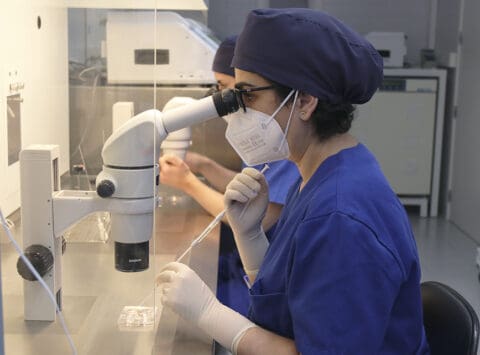
Non mature oocytes in puncture: Causes and Options.
Obtaining a mature egg for fertilisation is a necessary step to start the reproductive process. Usually, 85% of retrieved eggs after an ovarian stimulation cycle are mature eggs, and are therefore suitable for treatment using […]

Get to know Dr Juan Carlos Castillo
FAMILY TRADITION IN THE FIELD OF GYNAECOLOGY Dr Juan Carlos Castillo is a gynaecologist at Instituto Bernabeu and a renowned specialist in his field. He is married and has a young daughter. He has been part […]
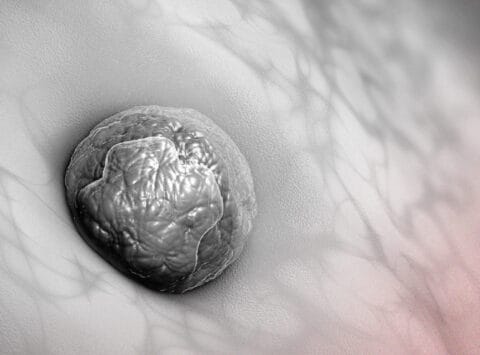
What are the main causes of embryo implantation failure?
The reproductive process comprises a series of events among which implantation is one of the most critical. For implantation to take place correctly, the following are necessary: a competent blastocyst, a receptive endometrium and correct […]
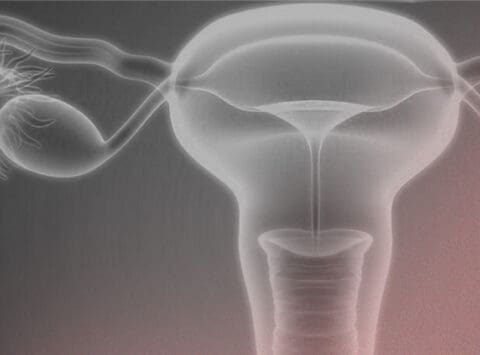
“Dual trigger or double trigger”: oocyte maturation double induction protocol
Naturally, once the ovarian follicle has reached an adequate size, luteinising hormone (LH) is released from the pituitary gland in order to complete the egg maturation process and initiate the processes that will lead to […]

Sport consequences in female fertility
Many women in reproductive age do some kind of exercise. In most cases, this is beneficial: increased physical endurance, body weight control, bone mass increase and reduced cardiovascular risk. However, in some cases excessive exercise […]
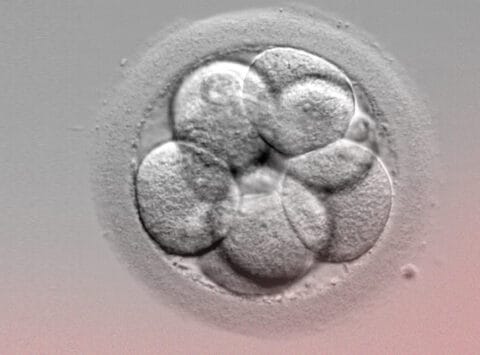
Embryo transfer: How many embryos should be transferred?
In recent years, thanks to long culture and the use of time-lapse incubators, we have been able to preserve embryos in the in vitro fertilisation (IVF) laboratory until day 5-6 of embryo development. This has […]
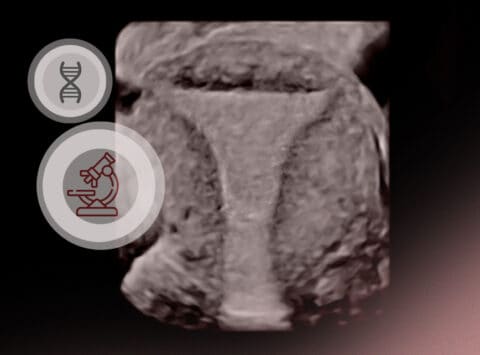
Endometriosis: New developments in its diagnosis (immunological and genetic markers)
Endometriosis diagnosis represents one of the greatest challenges in medicine today. To date there’s still a diagnostic delay of 10 years from the time the patient has symptoms. This is because surgery has been considered […]
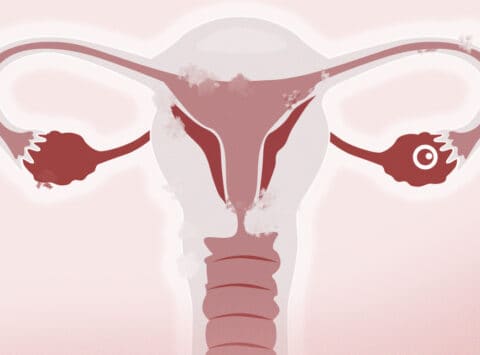
Regular VS irregular ovulation
A woman’s cycle can be regular – lasting between 21 and 25 days – or irregular. Here we explain why. From birth, the ovary harbours all the oocytes (eggs) a woman will ovulate, 400 to […]

